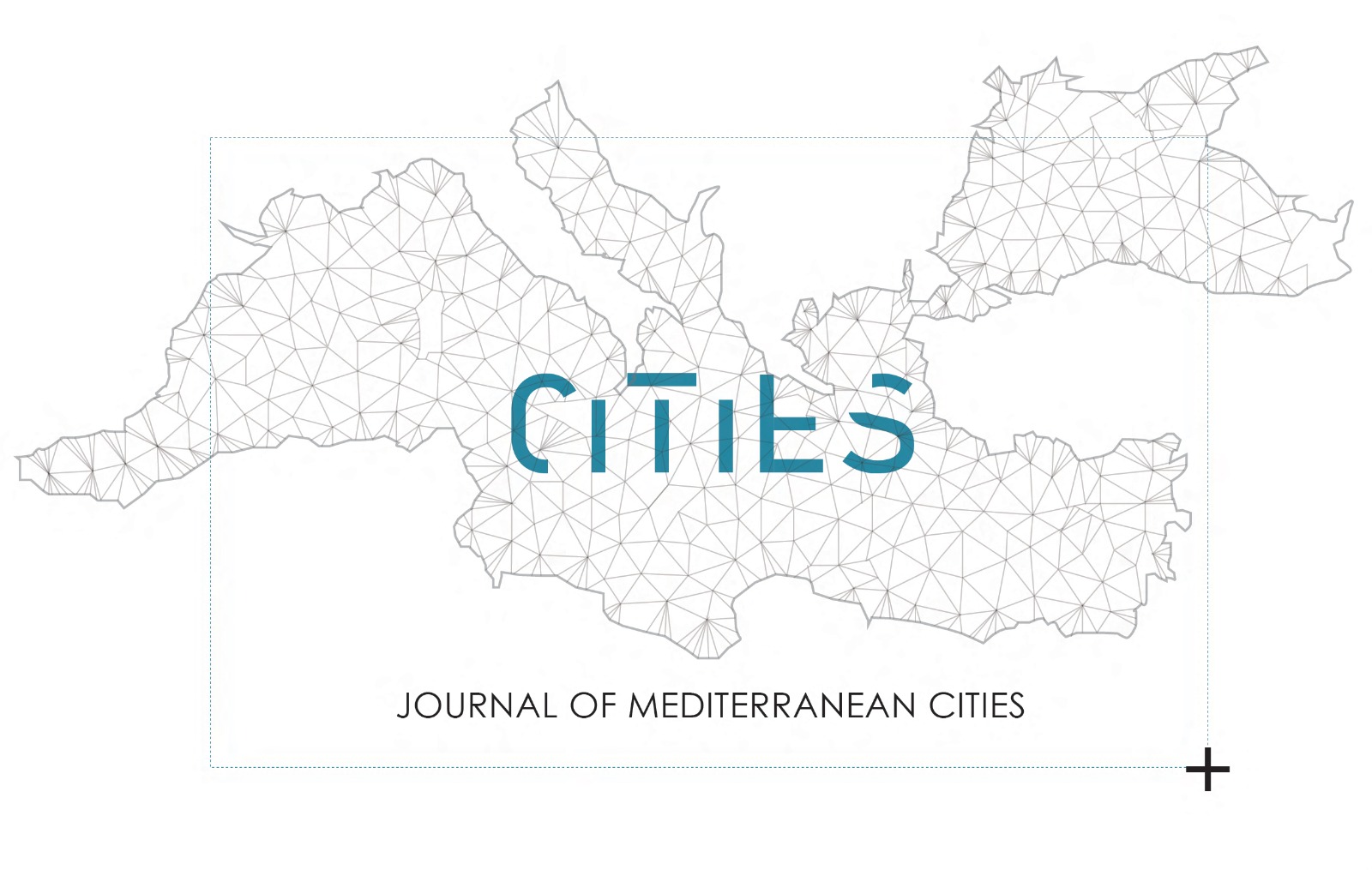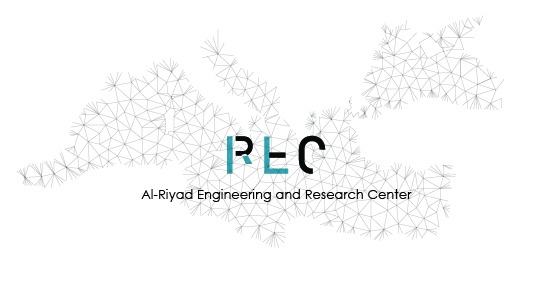Urban Design Impact on Local Climate and its Consequences on Building Energy Demand in Morocco
DOI:
https://doi.org/10.38027/mediterranean-cities_vol3no1_4Keywords:
Urban Forms; Urban Design; Building Energy Simulation; Urban Heat Island; Urban Weather GeneratorAbstract
Urban design has a profound impact on the local climate, which can result in changes in temperature distribution and energy demand. The Urban Heat Island (UHI), a well-documented issue where cities typically experience higher temperatures than the cooler rural surroundings that envelop them, is closely tied to urban design and its geometrical features. This increase in temperature can lead to increased energy consumption, particularly for air conditioning, as populations strive to maintain thermal comfort. Within this framework, this paper seeks to advance our comprehension of the influence of urban design on the Urban Heat Island (UHI) effect and building energy requirements. It makes a valuable contribution to the expanding body of research in this field, offering insightful guidance on optimal urban design strategies tailored to diverse climate zones in Morocco. To achieve these goals, we explore multiple urban design scenarios incorporating variations in building heights, street aspect ratios, building layout configurations, and street orientations. We employ the Urban Weather Generator and EnergyPlus for our analysis, with the former enabling the generation of synthetic weather data that accounts for the UHI effect in urban contexts, and the latter facilitating building energy simulations. The simulation results reveal a wide-ranging hourly variation in Urban Heat Island (UHI) intensity, spanning from 11°C to -5°C across the cities under study. Among these cities, Ifrane, Marrakesh, and Fes exhibit the highest average annual UHI intensity. Incorporating UHI considerations into energy simulations has yielded notable outcomes. Low-rise buildings experience a reduction in total energy requirements, while mid-rise and high-rise buildings exhibit an increase. For instance, adopting an urban design scenario featuring 20-story buildings and a street aspect ratio of 0.33 led to a rise in total energy demands between 8% and 19%. Furthermore, the street aspect ratio (H/W) emerges as the primary driver of UHI, whereas street orientation and building layout exert the most substantial influence on building energy requirements. Inefficient building layouts result in a significant increase in building energy needs, ranging from 106% to 121%, while less energy-efficient street orientations lead to total energy needs escalating by 28% to 76%.
Downloads
Published
How to Cite
Issue
Section
License
Copyright (c) 2023 Asia Lachir, Hourakhsh Ahmad Nia

This work is licensed under a Creative Commons Attribution 4.0 International License.
This Journal is published through an Open Journal Systems as part of the Public Knowledge Project (PKP).
This Journal is licensed under a Creative Commons Attribution 4.0 International (CC BY)


 Journal of Mediterranean Cities
Journal of Mediterranean Cities


















